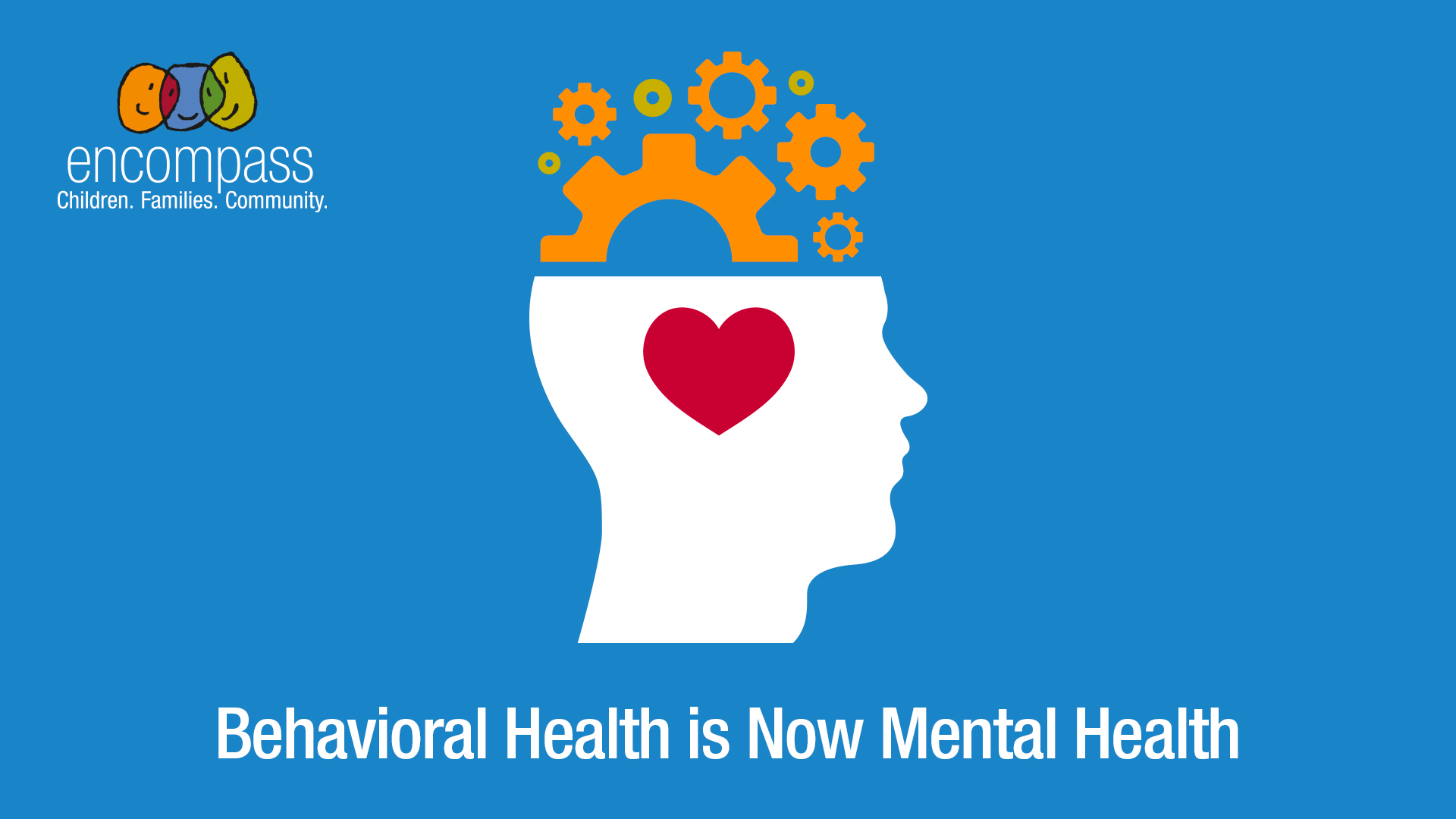Prepare for a Safe and Happy Halloween with Halloween Rules

Halloween: pumpkins, costumes, candy, spooky decorations… As adults, many of us have understood the traditions and customs associated with Halloween for decades. However, imagine being a young child, where the first several years of Halloween celebrations feel new and unfamiliar. It can all be a bit overwhelming!
Halloween presents a unique opportunity to discuss safety and social skills with children. For typically developing children, social norms are learned mostly implicitly through daily observations and experiences. Through participation in society, they learn social expectations such as when to make eye contact, how to ask for what they need, and what behavior is expected and what behavior is unexpected. For children with challenges in social skills, these skills often need to be taught explicitly through direct explanations from others.
So how can we best teach the social skills related to Halloween?
- Identify the social skills that are specific to Halloween. On this day, it is okay to accept candy from strangers. It is also okay to ask for candy from strangers. We knock on the doors of homes we haven’t been to before. We wear costumes, which can be scary, silly, or impersonating another person or character. We stay out late and walk on the sidewalks between houses. When you really think about it, Halloween is starkly different than our usual social behavior!
- Identify the everyday social skills that still apply on Halloween. These include saying “thank you” when we receive candy, respecting traffic laws by staying on the sidewalk, and respecting others’ spaces while we are on doorsteps waiting to trick-or-treat. Another tricky social skill is learning what to do when given a candy that you don’t really like (i.e. saying “thank you” and taking it anyway). Even though we are wearing costumes and asking for free candy on Halloween, we still make eye contact, respect interpersonal space, and think about others.
- Troubleshoot possible challenges that might arise on Halloween. You know your child best, so envision the activities and think of how your child might respond to the various nuances of Halloween. Does your child have any sensory aversions that might make wearing his/her costume a challenge? Will your child be startled or upset by scary, loud, or moving decorations? Does your child have difficulty waiting for his/her turn? Does your child become very excited and start to run?
Once you have considered all of the above, now you can role play with your child and talk about Halloween Rules explicitly. Starting a few weeks before Halloween, talk about Halloween Rules at a level that feels developmentally appropriate for your child.
- Come with Me: Your child might be at a developmental level that will require you to be next to him/her through the entire door knocking/taking candy/saying thank you process. You will be able to cue your child in the moment, but it also is helpful to talk to your child ahead of time about what to expect. You can even practice saying “trick or treat.”
- Doing it on My Own: Your child might be at a developmental level where he/she will be able to walk to the door and knock while you wait in the driveway or on the sidewalk. This developmental level is perfect for role playing the whole process, from knocking, to saying “trick or treat,” to waiting for the candy bowl to be brought out and extended, to choosing a piece of candy, and finally saying “thank you.”
- Going Out without a Grown Up: Children who are trick-or-treating on their own are at a developmental stage where talking about safety and decision-making is important. Playing “What would you do if…” can be an educational experience for both parent and child. For kids at this stage, topics might include not entering the homes of strangers, not accepting candy that contains an allergen, and how to handle peer pressure.
Establishing holiday traditions and expectations is one of the most fun parts of childhood. Helping your child learn about the Halloween Rules will help your whole family enjoy the holiday experience more fully, allowing for quality connection time and helping your child successfully participate in Halloween fun.














